Successful organizations understand that an effective content marketing strategy is one of the keys to outperforming their competitors.
They also understand that competition is a good thing.
If lots of people are competing against you for a spot in Google’s top 10, it means that the search term in question has the potential to generate a lot of money.
Why do you think so many top brands go after the key phrase “increase sales online?”
It’s because the keyword is profitable.
If you know how to create effective content and build relevant contextual links, your content page will outperform your competitors’ pages.
And, when that happens, you’ll see an increase in organic traffic and search rankings. Your conversion rate will skyrocket as well because search traffic has the highest lead-to-customer conversion rate of all channels.
Content marketing or inbound marketing may seem like buzzwords, but brands of all sizes are using both to get more customers.
Case studies proving this are all over the web, including these 4 startups that generated millions of dollars through inbound marketing.
Remember that inbound marketing boils down to creating useful, engaging and effective content, solving problems for your target audience, and then building relationships with those users along the way.
But, you need to embrace content marketing fully.
Don’t add content marketing to your marketing strategy with a half-baked approach and don’t expect miracles — you need to work consistently over time to get results. (After all, big-time bloggers and social media stars are rarely born overnight.)
After reading this in-depth article, you may not rank at #1 for your major keyword, but you’ll uncover other hidden opportunities to get more organic traffic, improve your click-through-rate, boost your social media shares, and increase your revenue.
And, using these marketing tactics consistently over time can help you create effective content that outranks your competition.
Let’s get started:
1. Analyze your competitors.
There’s no real secret to SEO.
If you want to rank higher in search engine results, you need to create the right content and promote it in the right ways. After all, the web is powered by content.
The good news is that B2B and B2C companies that integrate content marketing into their marketing strategy get positive results. According to HubSpot, companies that blog generate 55% more website visitors than companies that don’t.
You should become passionate about producing new and valuable content. Around 60% of marketers create at least one piece of content each day.
But, content creation is just the beginning. You also have to promote your content.
Before you get into content promotion, however, you need to study your competitors. Some of the questions you need to answer are:
- Which keywords are they ranking highly for?
- Where did they get their backlinks from?
- Which anchor texts are they using (such as exact match keywords, partial match, generic, branded, etc.)?
- What type(s) of content do they publish (articles, blog posts, videos, infographics, etc.)?
To analyze your competitors, you can use Ubersuggest.
Simply add your competitor’s URL into the domain search on the Ubersuggest homepage. As an example, we will use my site:
The first thing that you’ll notice here is that my site has generated 1,004,278 backlinks and has close to one million monthly organic visitors.
The next thing that you want to check the Backlinks report on the left-hand side.
This is where you can see which sites are linking to your competition. This is a great feature to understand who to reach how to so you can build backlinks from sites that are more likely to link to you.
Considering the current state of search engine optimization – which revolves around users and brand visibility – it’s possible to improve your link value by using more branded keywords in your anchor texts, instead of exact match keywords.
When you look at the link profile, ask yourself this question:
Out of the 1M+ backlinks that my site has generated, how many of them are dofollow?
Remember that dofollow links pass SEO value and influence search rankings. Nofollow links don’t pass any SEO value.
That doesn’t mean that nofollow links are bad. It just means that you need more dofollow links, if you want to get more organic users.
My site has 334,943 dofollow links.
This is great because that means I am receiving link juice and authority from these backlinks.
However, other factors such as page authority, domain authority, link quality, and link type (e.g., editorial, sitewide) also matter.
Now that you’ve analyzed your competition, it’s time to dive into content creation.
2. Use the skyscraper technique, but improve your domain authority.
I’ve shared the step-by-step method for creating content that converts users into customers. So, I’m not going to repeat that here.
You should be familiar with the skyscraper technique by now. If you’re not, you can learn all about this content marketing strategy from Brian Dean himself.
This is the same content creation technique that helped Brian increase his organic traffic by 110% in 14 days. That’s remarkable!
Here’s a summary of the Skyscraper Technique:
- Find some piece of link-worthy, relevant, effective content.
- Make something even better than that piece of content.
- Reach out to the right people to promote it.
Trust me, this content marketing strategy works. I’ve personally used it to generate a lot of traffic for my sites.
But, the truth is that if you’re just starting out, or your blog barely has any form of authority, you’ll probably struggle to rank for any specific keyword – no matter how high your “skyscraper” may be.
Remember that your competitors may well have also discovered this marketing tactic. They could create a better piece of content than yours and get more search visitors as a result.
What would make the difference in results between you and your competition?
Simple: domain authority.
So, while I encourage you to find a link-worthy piece of content that you can make better, you should simultaneously make increasing your domain authority one of your top content marketing strategies.
According to Ross Hudgens of Siege Media:
If you’re starting from scratch and going against CNN, The New York Times, and Business Insider, 40 links to a single page won’t be enough. You’ll need more combined authority in order to outpace them, even if their pages don’t stack up to yours.
3. Add content types that your competitors have ignored.
Without a doubt, interactive content converts 2x better than static, rendering it one of the smartest content marketing strategies out there.
If you find that your competitor’s page contains written content only, then visual content is a huge opportunity that you can capitalize on.
One of the reasons why my infographics outperform other competitors who publish original infographics is that I add written and (I hope) effective content to the page.
I know that written content appeals to search engines more than images.
By doing this, I’ve optimized the infographic page to appeal to both users and search engines.
If you want to take your user’s experience to the next level and increase the perceived value of your content, you should embed videos or SlideShare presentations.
Anna Hoffman, the founder of Traffic Generation Cafe, knows that in order to provide a memorable experience for users, different types of effective content are a must.
So, whenever she creates a new blog post, she will embed video, SlideShare presentations, images, screenshots, and other visual assets.
If you’ve read some of my past blog posts, you’ll notice that I incorporate a lot of visual content in my posts.
Here’s the core reason: I want more people to share my posts.
Images are processed 60,000x faster than written text. And 90% of the information transmitted to the brain is visual content.
This also means that more people will share the blog post because they can’t resist relevant and informative visual elements.
Those looking to share on social media are especially drawn to images. Take it from Buffer, who reports that tweets with images get 150% more retweets.
For this reason, if you want more people to retweet your post or link when you share it on Twitter (or other social media platforms), then you need to add some visual content.
4. Create a better headline and make your content easier to read.
By now, you already know that better headlines will help amplify your content, draw in potential customers, and boost your social media shares.
When I became serious about blogging, Copyblogger helped me master the art of headline writing.
Brian Clark–the founder of Copyblogger–is a master copywriter and consummate content marketing pro. He crafts compelling headlines and killer content that attracts attention and drives traffic.
These days, the Copyblogger blog is being managed by a team of creative content writers – but the captivating headlines are still there:
The first thing that you should probably do is to search for your keyword in Google. Then, study the first five search results.
When I search for “email subject line tips,” here are the organic results:
These are some great headlines.
Let’s see if we can make something better for each of them.
Original:
- How to Write Catchy Email Subject Lines: 19 Tips
Unique variation:
- 19 Ways to Get Your Email Subscribers to Start Clicking Today
Original:
- 9 Tips for Writing Powerful Email Subject Lines
Unique variation:
- 9 Unique Ways to Turn Your Email Subject Lines from Meh to Wow!
Original:
- 11 Best Practices for Effective Email Subject Lines
Unique variation:
- 11 Proven Ways to Skyrocket Your Email Open Rates
You can also use BuzzSumo to find headlines that generated substantial shares on social media. Then rewrite, model, or tweak your content headline accordingly. Remember: a great headline is a great marketing tactic.
5. Make your content pages insanely fast.
Search users like speed. Sadly, 40% of people will abandon a site if it takes longer than three seconds to load.
On the other hand, a faster loading page helps boost search engine rankings. Remember that every extra second your site takes to load will cause a 7% decrease in your conversion rate. Yes, it’s that serious!
In my experience, I’ve found that content pages that rank highly in Google results have the smallest maximum image file size.
This refers to the size of your images and the space on the database where those images will be stored. If the image file size is large, it’ll slow down the site.
Generally, page loading speed affects search performance. When Google ranks slow sites, search users often switch to other search engine sites like Bing and DuckDuckGo.
If your page is fast, it can outrank a slower page, even if that page has better content.
Google wants users to find what they’re looking for. In fact, when Larry Page and Sergey Brin founded Google, they had a definite mission:
These founders were concerned about making an impact by helping people find information on the web easily – and quickly.
The harsh truth is that Google hates slow-loading sites. You’ve got to make your site insanely fast to rise above your competitors.
You can’t afford to have web pages that load slowly.
No matter how useful your content might be or how great your overall content marketing campaign might be, you’ll struggle to outrank your competitors. But, if you speed up your pages, every other effort will pay off in a big way.
Conclusion
Effective content marketing tactics are a must.
Among those? Creating promotable, valuable content in longer forms. You should know by now that long-form content outperforms short articles on all levels.
When you’re ready to address your content marketing strategy, remember that users are willing to tackle a long article if they’ll get sufficient value out of reading it.
A few more tips to help you create better content that outperforms your competitors’ content in search engine rankings:
- Target long tail keywords in your title.
- Make your URL user- and search-friendly (e.g., https://yoursite.com/b2b-list-building).
- Make your content more shareable.
- Link out to authority blogs that are relevant to your topic.
- Have a better page design (like the design on Advanced Guide To SEO).
- Reach out to influencers.
These quick content marketing tips can help you generate and promote more valuable content to get maximum results. You’ll also have more effective content to display on social media and other channels.
Remember that you don’t have to publish new blog posts every day. Sure, you should write new posts every day, because it helps you become a better writer.
But, don’t publish new blog posts every day if that’s too much — and it’s definitely hard work. You can publish once or twice per week. Then, spend more time on your larger content strategy and content promotion.
That’s why it’s called “content marketing.”
This simple formula sums it up:
Content + Marketing (promotion) = Results
Which other tips do you use to create content that outperforms your competition?

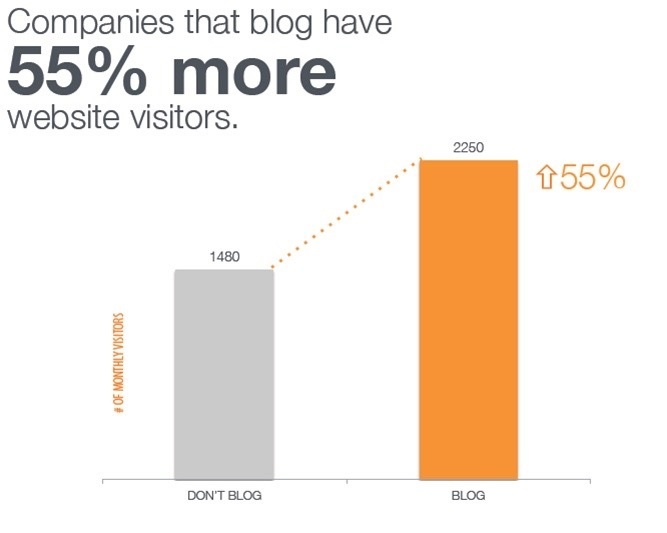
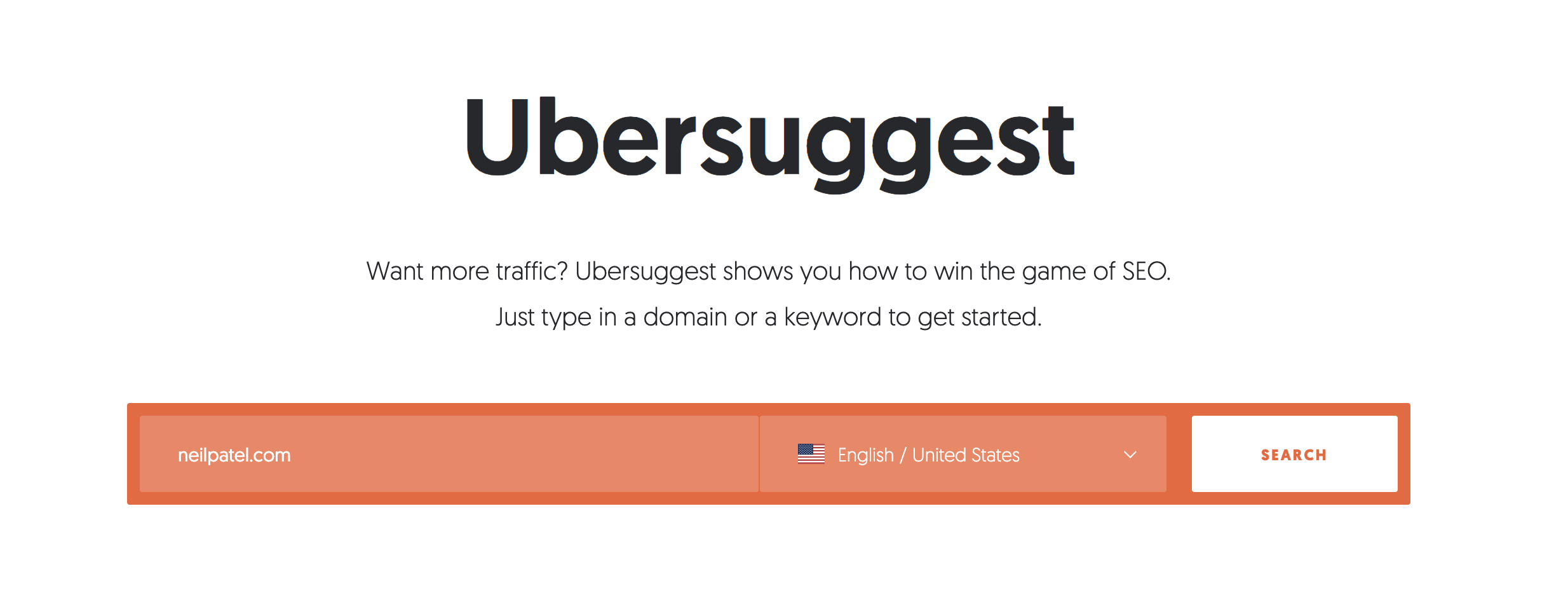
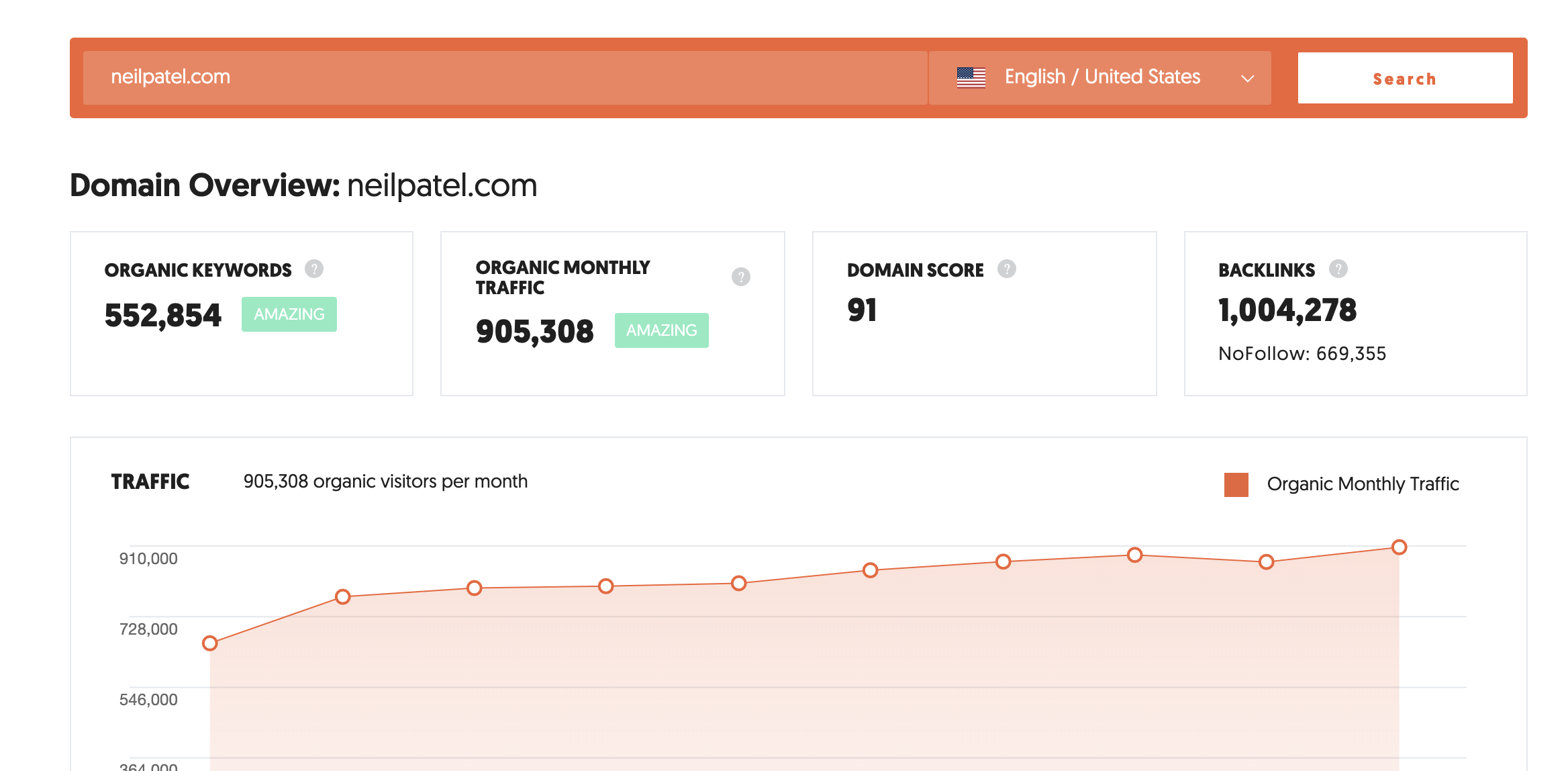
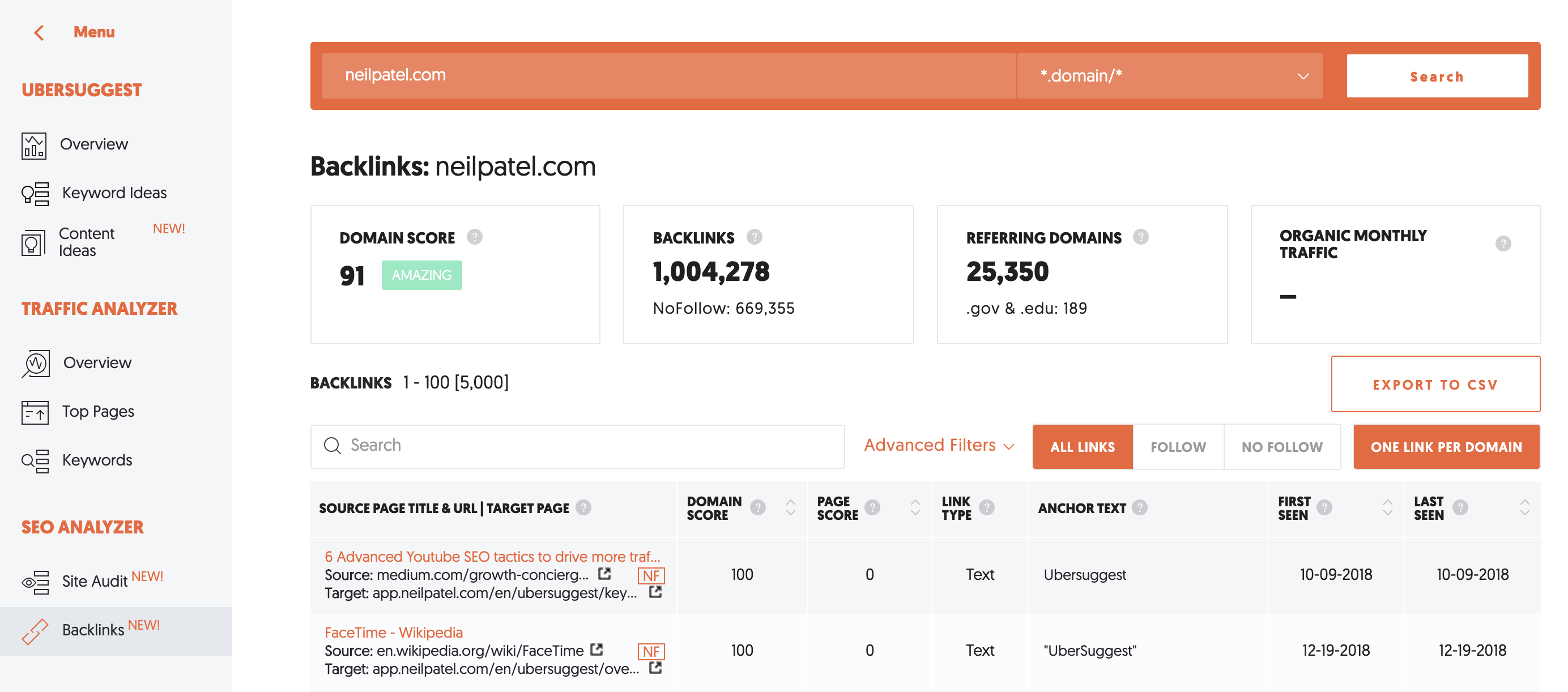
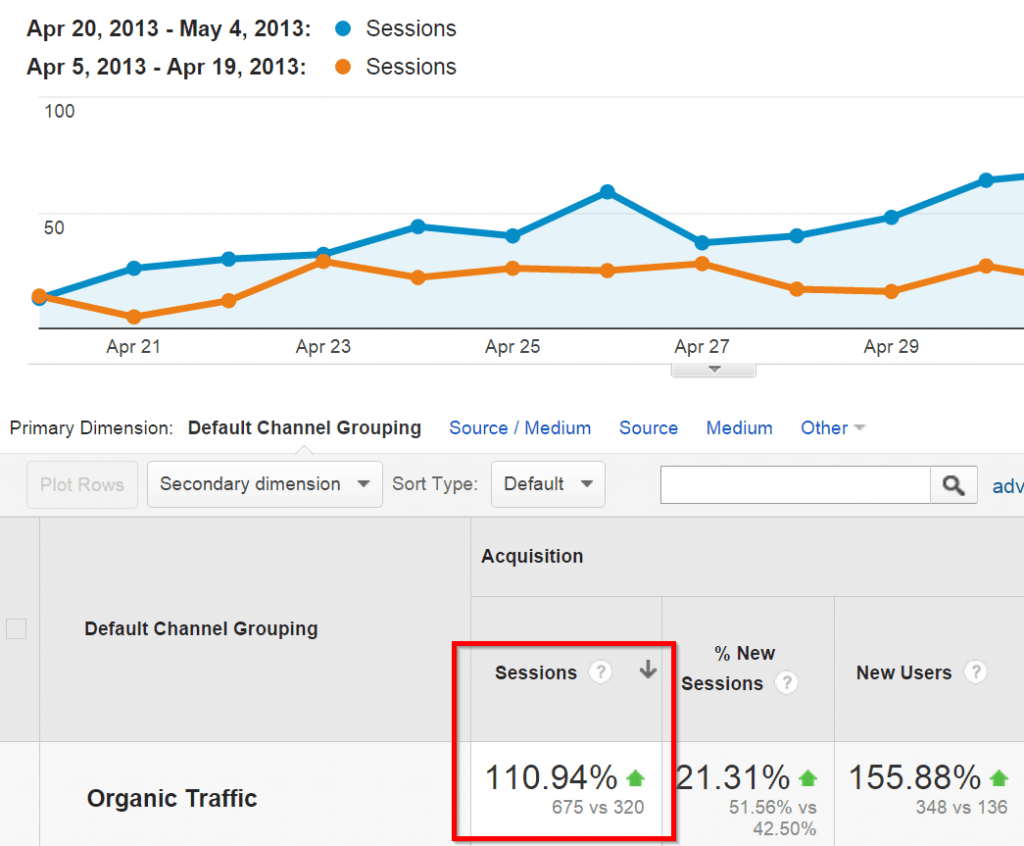
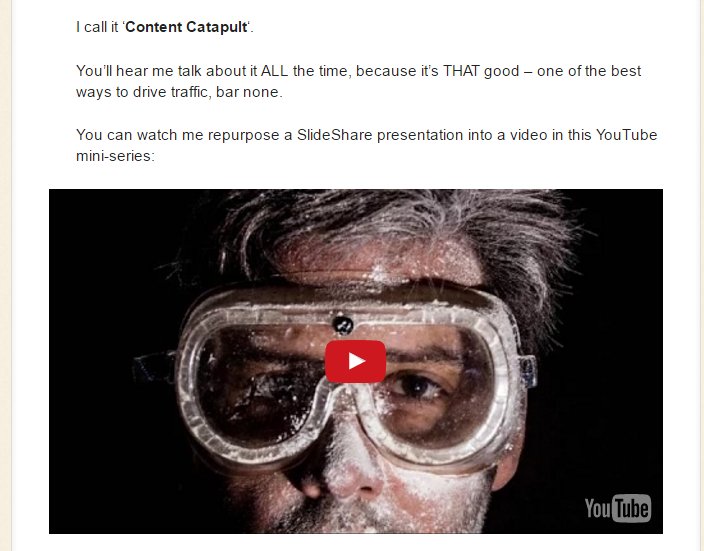

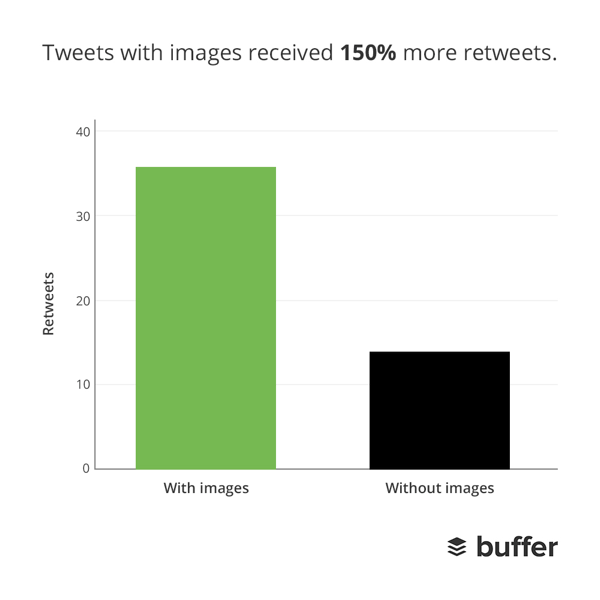
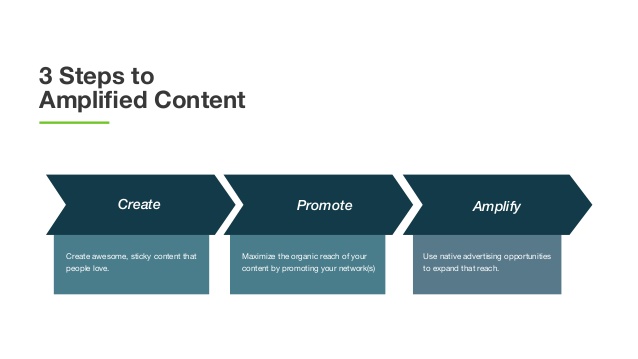
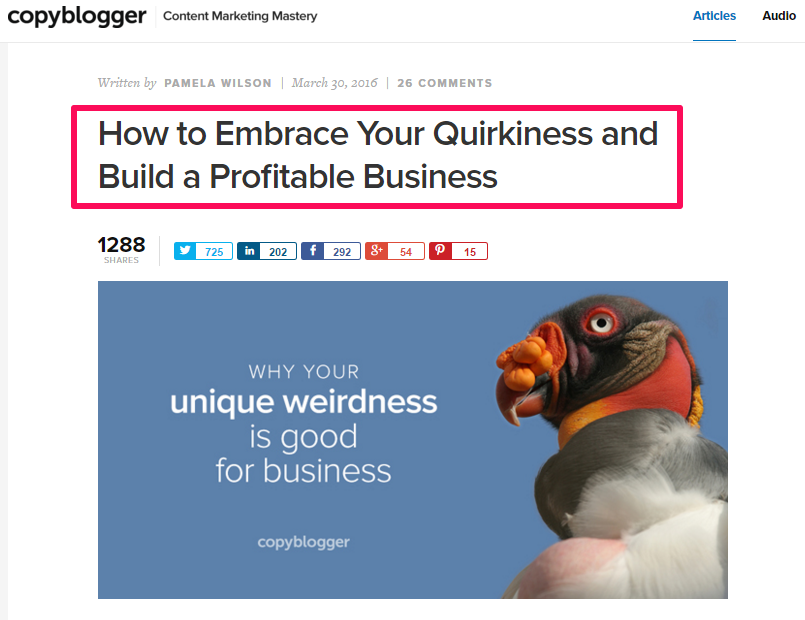
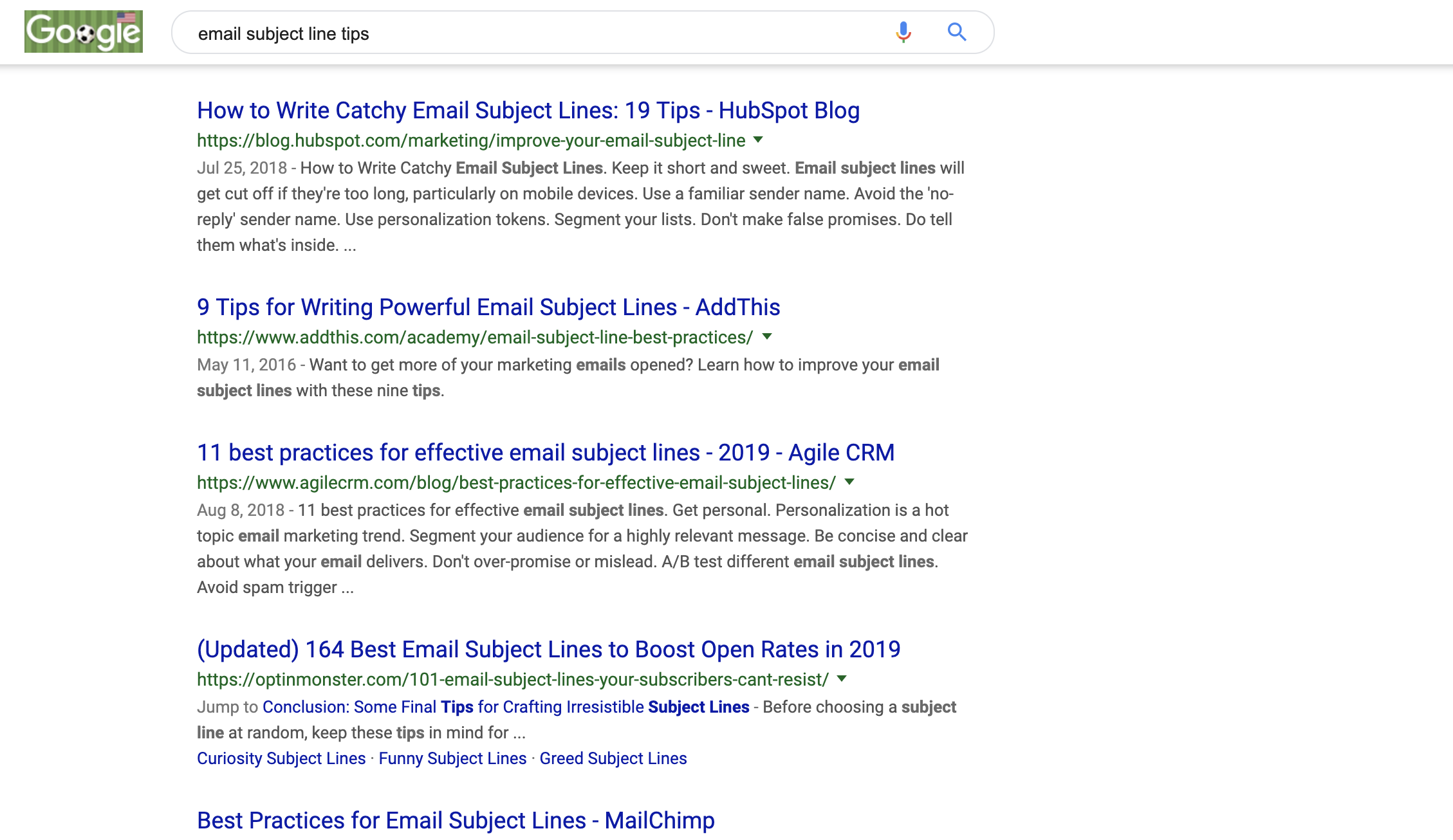

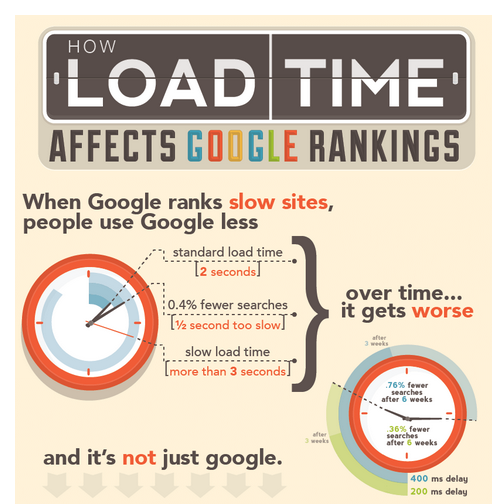
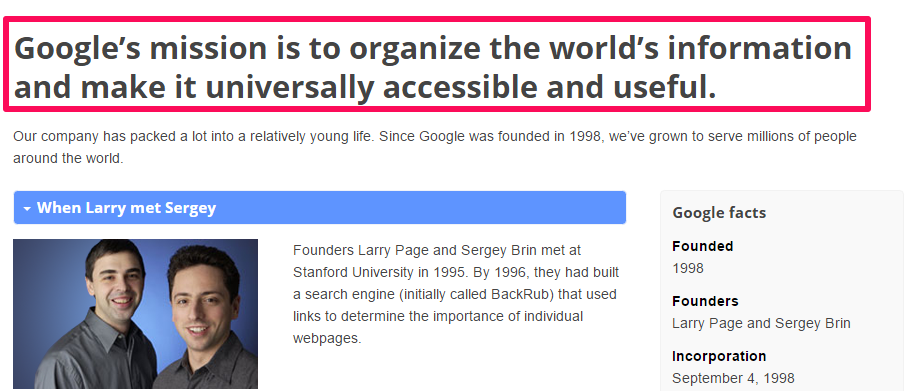
Comments (61)